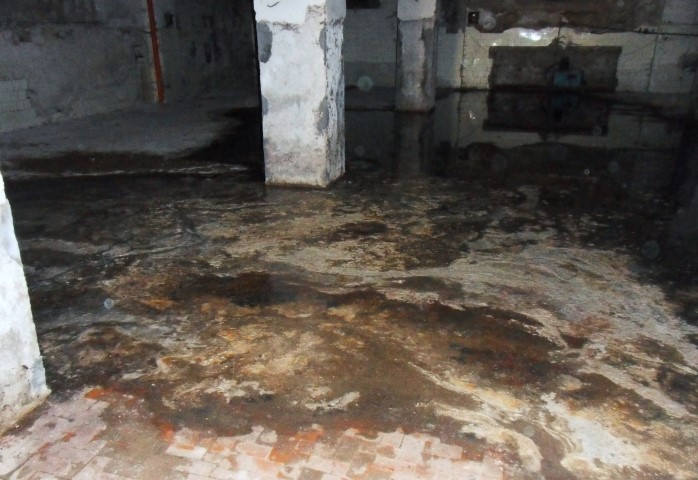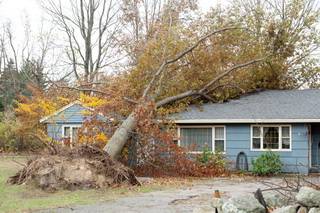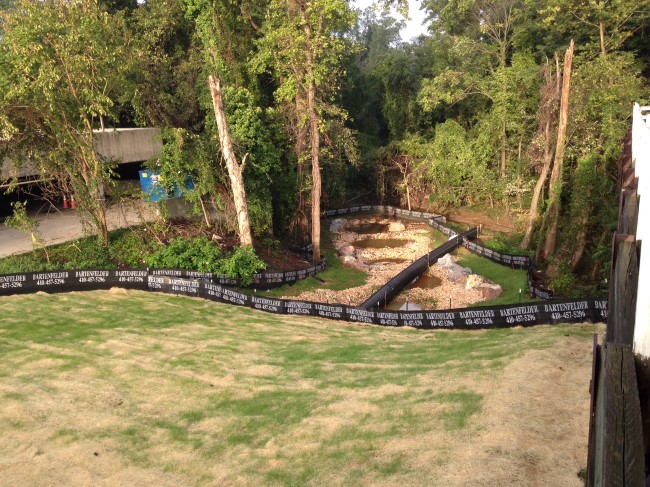Severe weather in recent years have lead to homeowners and business owners experiencing record snowfalls, tornadoes and recurring storms with wind, hail and large amounts of rainfall, all leading to an increase in the number of flooded homes and businesses. Why, then, are some basements dry and comfortable while some are sopping damp? Why do some structures gradually split or distort until they need new foundations at great expense? One reason is hydrostatic pressure.
Simply put, hydrostatic pressure is the pressure exerted by or existing within a liquid at rest with respect to adjacent bodies (Mirriam-Webster). Although not always the only reason for water intrusion problems, it is often the central one. Other causes can include moisture entering from outdoors, flowing ground water entering through cracks or other openings in the foundation and moisture in saturated soil entering through masonry (as well as through cracks and other openings). Moisture also forms when warm indoor air comes into contact with cooler basement walls.
Simple fixes can sometimes remedy damp, leaky basements: patching cracks, cleaning gutters, clearing window wells, grading landscaping, insulating plumbing, and dehumidification. Often there is a bigger problem, however- improper construction materials and/or techniques that allow water to push into walls and footings without being directed away. Porous concrete, improper grading, and insufficient or absent waterproofing methods are often what leads to damage from hydrostatic pressure. To properly address hydrostatic pressure, the flow of water coming to a property must be redirected. Redirection of water flow greatly reduces hydrostatic pressure on basement walls and footings. Properly done, this involves exterior and/or interior excavation, sealing or wrapping the foundation and installing drains.
CED Technologies has several experts on staff that can identify water intrusion issues and evaluate construction materials and methods. .
Featured Engineer: Stephanie Avalon, P.E. Structural/Civil Engineer
Connect with a CED Engineer in your region.
Submit a case or claim online.






